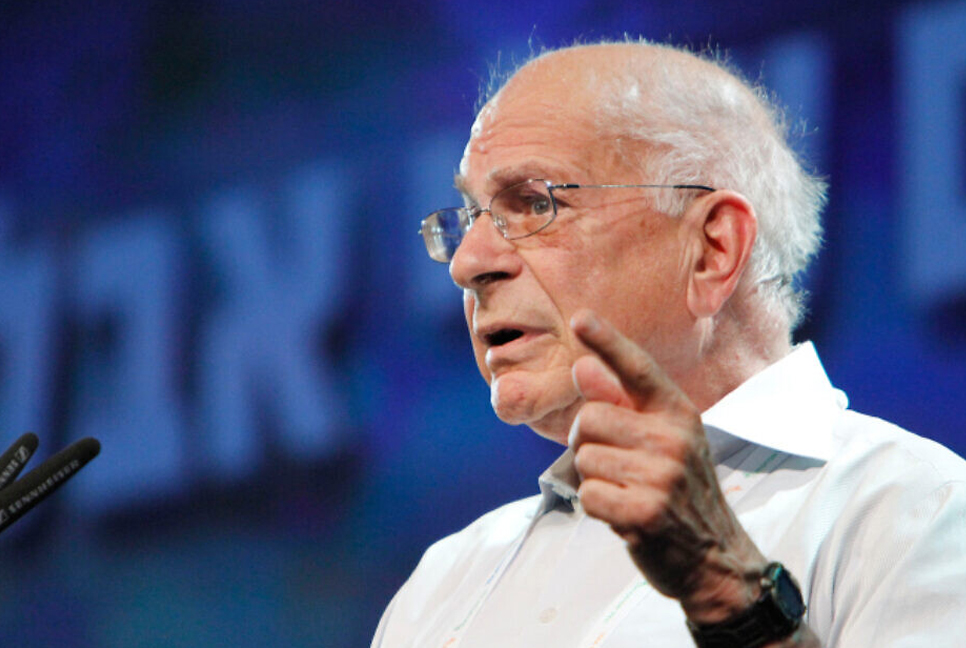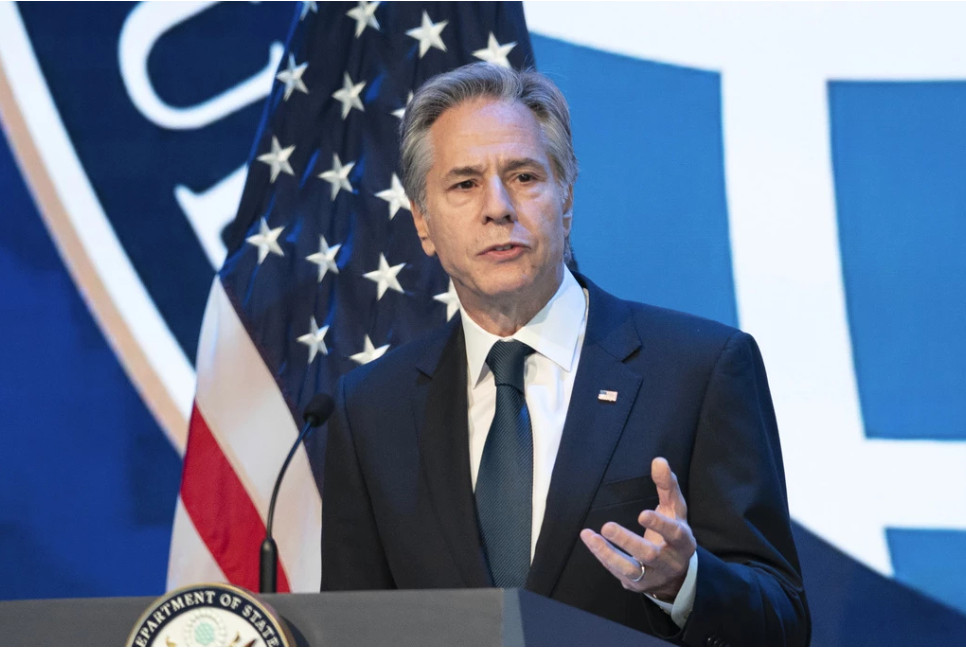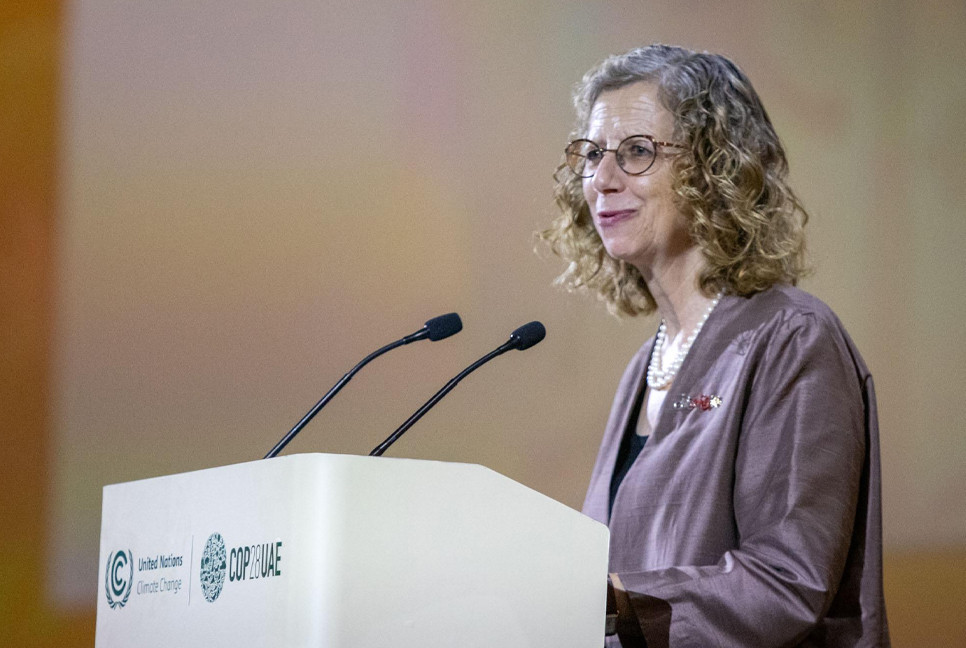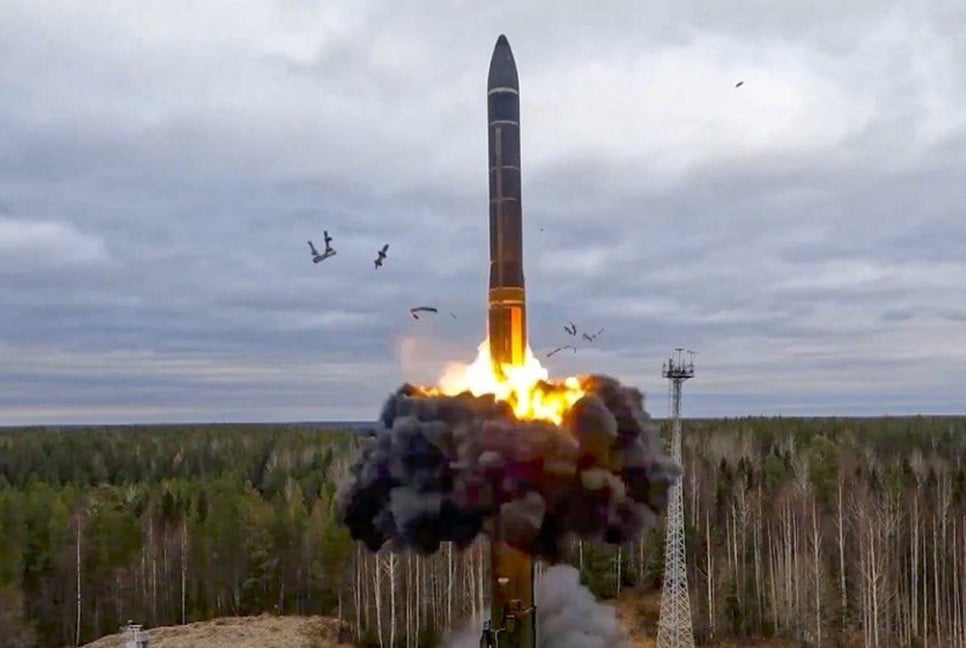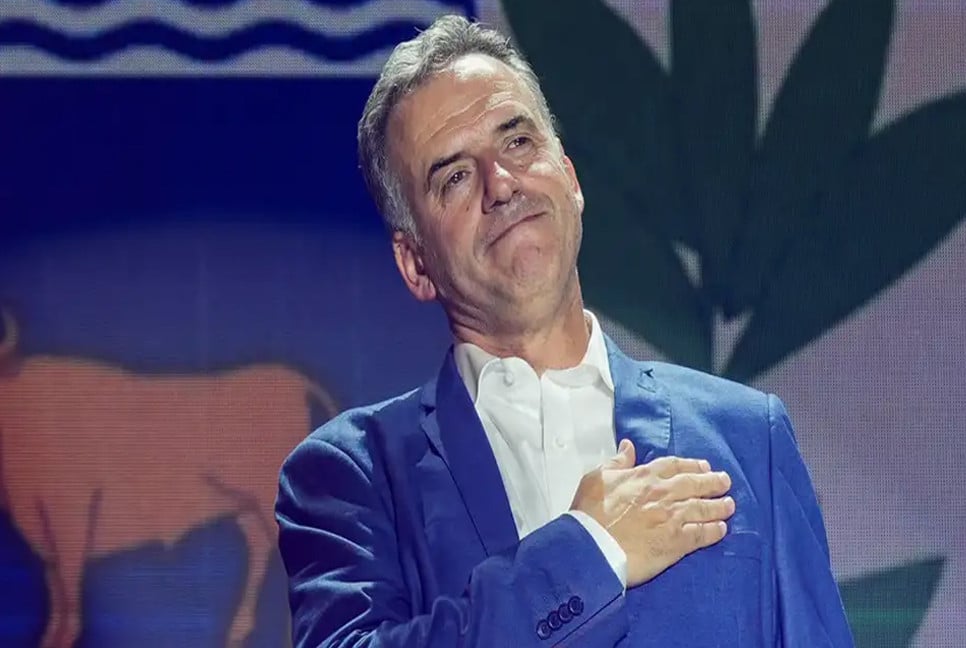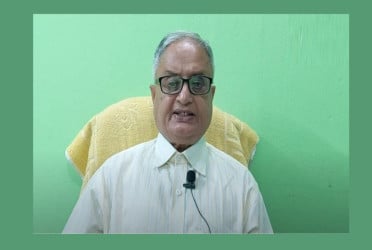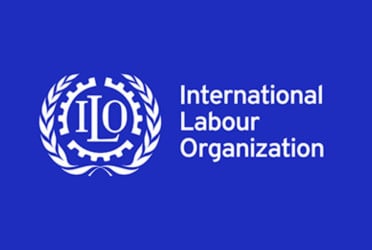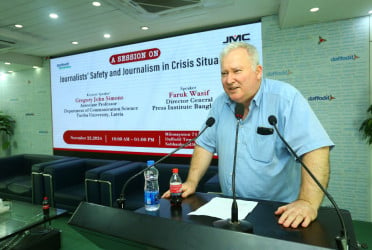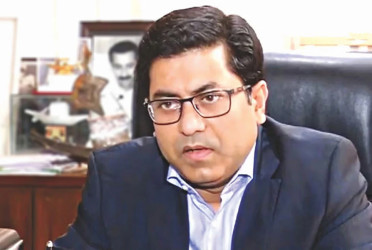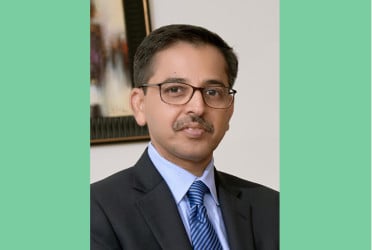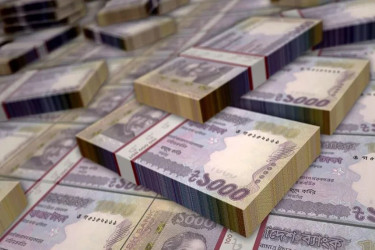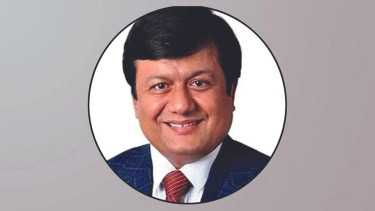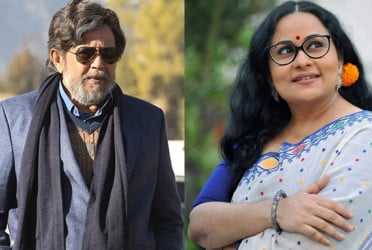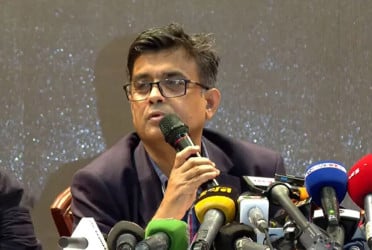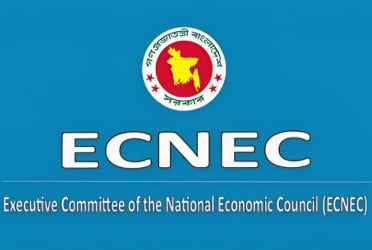Daniel Kahneman, a psychologist who won a Nobel Prize in economics for his insights into how ingrained neurological biases influence decision making, died Wednesday at the age of 90, reports UNB.
Kahneman and his longtime collaborator Amos Tversky reshaped the field of economics, which prior to their work mostly assumed that people were “rational actors” capable of clearly evaluating choices such as which car to buy or which job to take. The pair's research — which Kahneman described for lay audiences in his best-selling 2011 book “Thinking, Fast and Slow” — focused on how much decision-making is shaped by subterranean quirks and mental shortcuts that can distort our thoughts in irrational yet predictable ways.
Take, for instance, false confidence in predictions. In an excerpt from his book, Kahneman described a “leaderless group” challenge used by the Israeli army's Psychology Branch to assess future leadership potential. Eight candidates, all unknowns to one another, had to cross a six-foot wall together using only a long log — without touching the wall or the ground with the log, or touching the wall themselves.
Observers of the test — including Kahneman himself, who was born in Tel Aviv and did his Israeli national service in the 1950s — confidently identified leaders-in-the-making from these challenges, only to learn later that their assessments bore little relation to how the same soldiers performed at officer training school. The kicker: This fact didn't dent the group's confidence in its own judgments, which seemed intuitively obvious — and yet also continued to fail at predicting leadership potential.
“It was the first cognitive illusion I discovered,” Kahneman later wrote. He coined the phrase “ the illusion of validity ” to describe the phenomenon.
Kahneman’s partner, Barbara Tversky — the widow of Amos Tversky — confirmed his death to The Associated Press. Tversky, herself a Stanford University emerita professor of psychology, said the family is not disclosing the location or cause of death.
Kahneman's decades-long partnership with Tversky began in 1969 when the two collaborated on a paper analyzing researcher intuitions about statistical methods in their work. “The experience was magical,” Kahneman later wrote in his Nobel autobiography. “Amos was often described by people who knew him as the smartest person they knew. He was also very funny ... and the result was that we could spend hours of solid work in continuous mirth.”
The two worked together so closely that they flipped a coin to determine which of them would be the lead author on their first paper, and thereafter simply alternated that honor for decades.
“Amos and I shared the wonder of together owning a goose that could lay golden eggs -– a joint mind that was better than our separate minds,” Kahneman wrote.
Kahneman and Tversky began studying decision making in 1974 and quickly hit upon the central insight that people react far more intensely to losses than to equivalent gains. This is the now-common notion of “loss aversion,” which among other things helps explain why many people prefer status quo choices when making decisions. Combined with other findings, the pair developed a theory of risky choice they eventually named “prospect theory.”
Kahneman received the Nobel Prize in economics in 2002 for these and other contributions that ended up underpinning the discipline now known as behavioral economics. Economists say Tversky would certainly have shared the prize had he not died in 1996. The Nobel is not awarded posthumously.
Bd-pratidin English/Tanvir Raihan

